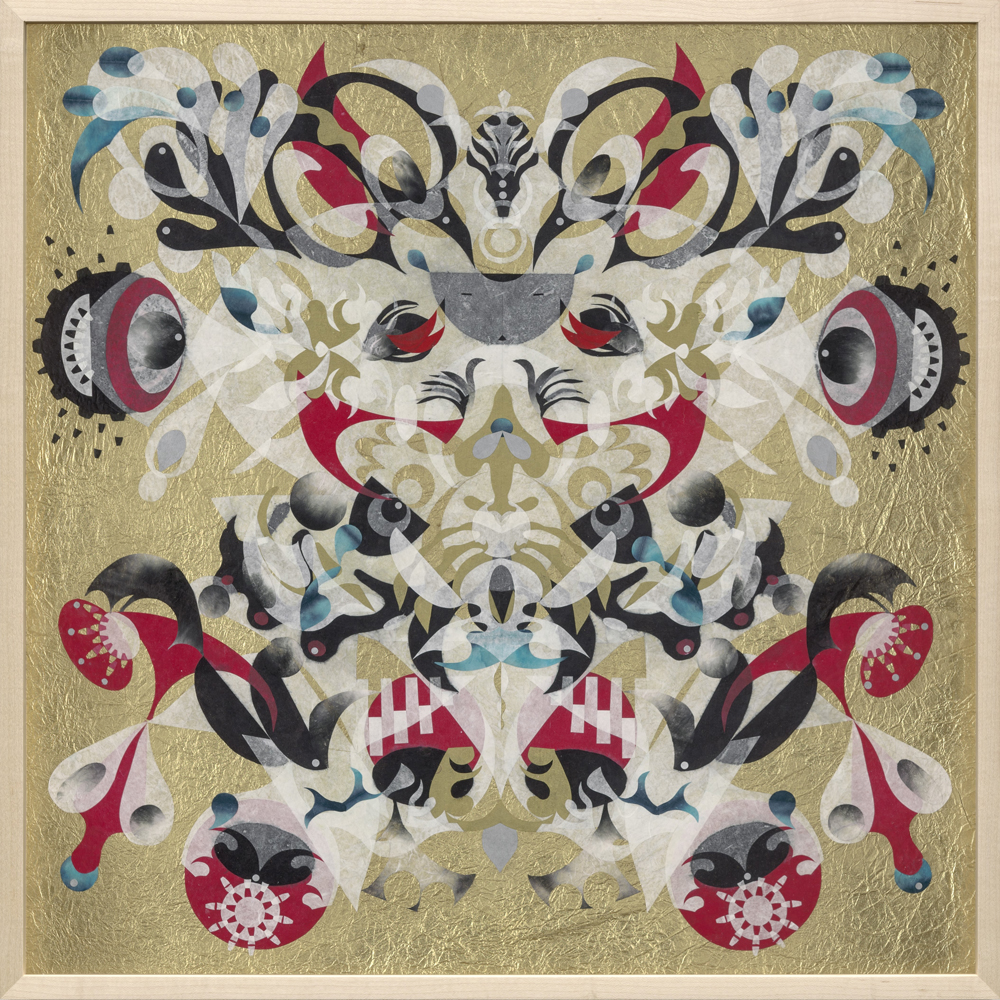 Artist portrait of Haegue Yang. Photo: Sonja Hyytiäinen. ©HAM Helsinki Art Museum. Image provided by Kukje Gallery
Artist portrait of Haegue Yang. Photo: Sonja Hyytiäinen. ©HAM Helsinki Art Museum. Image provided by Kukje GalleryKukje Gallery presents artworks by two international artists: Haegue Yang and Daniel Boyd, in the ‘Encounter’ sector of 2024 Art Basel Hong Kong. Haegue Yang’s Contingent Spheres will be on display in the center of the fairgrounds, while Daniel Boyd’s installation Doan will welcome visitors at the Pacific Place, a large shopping complex near the fairgrounds, as part of the off-site Encounters.
Encounters, curated by Alexie Glass-Kantor, Executive Director of Artspace Sydney, will feature 16 large-scale projects by artists from a broad spectrum of geographies, under the theme ‘I am a part of all that I have met’. The sector will include 11 works made especially for the fair, a yet-unmatched number since the sector’s introduction in 2013.
One of the participating works, Haegue Yang’s Contingent Spheres, stems from the artist’s thoughts on the aftermath of the recent global pandemic, cultural differences between regions, and climate change. The title, ‘Contingent Spheres,’ alludes to the local cycles of the seasons, which are usually regular, and consists of two groups of sculptures that seem to be representative of three different environments (undersea, terrestrial, and celestial or extraterrestrial).
A pair of rattan sculptures, The Randing Intermediate – Underbelly Alienage Duo, and The Intermediate – Five-Legged Frosty Fecund Imoogi, form a scene. The independent entities form a single scene called ‘Contingent Spheres’, each sharing a common language of production, the handcrafted weaving of rattan and straw grass. The sculptural objects weave a fantastical narrative that is both grounded in, and transcends, their individual local cultural environments, and as a group they embody the hybrid concept of ‘natureculture’ in form and fabrication.
Co-organized by three of the artist’s exclusive galleries (Kukje Gallery (Seoul), Kurimanzutto (Mexico City, New York), and Galerie Chantal Crousel (Paris)), the project also signals to take another leap forward with “Leap Year,” a survey exhibition at Hayward Gallery in London scheduled for October.
 Installation view of Haegue Yang’s Mesmerizing Mesh at Kukje Gallery, Seoul, 2024. Photo: Chunho An. Image provided by Kukje Gallery
Installation view of Haegue Yang’s Mesmerizing Mesh at Kukje Gallery, Seoul, 2024. Photo: Chunho An. Image provided by Kukje GalleryAmong her references, motifs drawn from ‘seolwiseolgyeong’ (the tradition and technique of sacred paper cutting for rituals performed in Chungcheong Province) in Korean shamanism and ‘gohei’ (a wooden wand decorated with zigzag paper streamers) in Japanese Shinto practices form the primary visual repertoire. The series can be formally categorized into two subgroups.
The first one contains abstract and geometric motifs based on the compositional principle of ‘formation’ or ‘Sacred Wire Mesh,’ a design of patterns and letters installed in ritual sites to drive out evil spirits. The other group features figurative and anthropomorphic motifs drawn from ‘nukjeon,’ a soul sheet that symbolizes the soul of the deceased in Korean shamanistic rituals.
Of late, her range of references for this series has expanded beyond shamanism in her native Korea to include: the Slavic ‘wycinanki,’ the Jewish ‘kebutot’ and ‘mizrahs,’ Mexico’s ‘papel picado,’ the Philippines’ ‘pabalat,’ China’s ‘jianzhi,’ Japan’s ‘kirigami,’ and India’s ‘sanjhi.’ While Mesmerizing Mesh is materially anchored in the medium of paper, the broad anthropological affinities addressed in the series challenge the conventional notion of localized spiritual practices as territorially bound by resituating them in a translocal context.
The latest development of Mesmerizing Mesh was on view at the Thailand Biennale, Chiang Rai 2023. Enveloped Domestic Soul Channels – Mesmerizing Mesh #208 (2023) comprised six individual pieces of Mesmerizing Mesh in ‘hanji’ and ‘washi,’ revolving around the domestic paper altar of the Hmong, an indigenous group in East and Southeast Asia. During the Vietnam War, many Hmong people became refugees in Thailand as they fled from Laos and have since established diasporic communities around the world, including the U.S.
This seminal Mesmerizing Mesh presentation in New York is visually reminiscent of Hmong spiritual objects relating to shamanism and animism, which Yang encountered during the site visit for her participation in the Thailand Biennale. Eight intricate compositions made of ‘hanji’ and ‘washi’ and featuring Hmong motifs are presented on delicate wooden structures—enshrining wooden stands that not only accommodate the works, but also reference books introducing various paper traditions.
 Haegue Yang, Spring Sail Argiope Aubade – Mesmerizing Mesh #216, 2023, Hanji on alu-dibond, framed, 62 x 62 cm. Courtesy of the artist and Kukje Gallery. Photo: Chunho An. Image provided by Kukje Gallery
Haegue Yang, Spring Sail Argiope Aubade – Mesmerizing Mesh #216, 2023, Hanji on alu-dibond, framed, 62 x 62 cm. Courtesy of the artist and Kukje Gallery. Photo: Chunho An. Image provided by Kukje GalleryShortly thereafter, Yang will participate in two projects, launching on June 21, 2024, in Naoshima, Japan. Yang and fellow recipients of the Benesse Prize, namely Pannaphan Yodmanee, Zul Mahmod, and Amanda Heng, will take part in an awardee exhibition at the Benesse House Museum (in collaboration with the Singapore Art Museum).
Simultaneously, Yang and Apichatpong Weerasethakul will collectively occupy a new art space called ‘Matabe’ in Naoshima. “Ring of Fire” (on view through 2027 or further) will feature site-specific works of both artists that constitute an environment embracing the sensations of light, shadow, movement, and vibration. Displaying a shared interest in channelling what composes our reality, yet escapes from it, their works explore the vigorous encounters between the physical and the ephemeral together.
Later this year, the Arts Club of Chicago will host Yang’s solo show “Flat Works 2004-2024” (opening on September 18, 2024), surveying two decades of the artist’s two-dimensional works. The show will be accompanied by an eponymously titled publication, which will include essays by Orianna Cacchione and a large selection of works from the Mesmerizing Mesh series. In October 2024, a major survey exhibition of Yang’s oeuvre will open at the Hayward Gallery in London.























